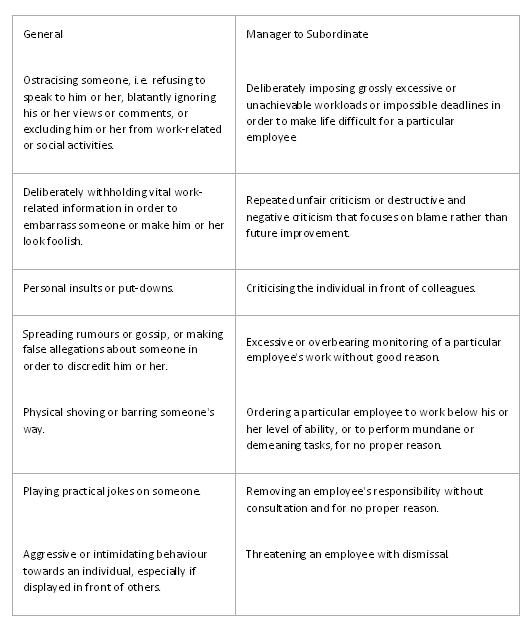In a previous blog post we wrote about the first couple of steps that you can take, when preparing to handle a difficult conversation with a member of your staff. Here are the next steps for you to follow.
3. Listening
Taking the time to listen will also help you to gather useful information about the issue. You should prepare questions but must let the employee explain or react in his or her own time.
Dos and don’ts
- Do ask for the individual’s view, as this could help to find an appropriate solution to the issue
- Do use open questions such as “what is your view on that?”
- Do listen to and acknowledge the employee’s point of view
- Do appreciate the value of silence. This allows the individual time to gather his or her thoughts
- Do ask if you have not understood what has been said
- Do summarise the main points of what the employee has said. This is useful as it shows that you have listened, helps to consolidate your thoughts and helps you to decide where the conversation should go next
- Do check that the employee has understood what you have said
- Don’t jump in while the individual is speaking
- Don’t answer questions that you have put to the employee to answer
- Don’t ask multiple questions as this can come across as intimidating and prevent the employee from giving a useful answer.
4. Explore the Issues
During the conversation, you and your employee should explore the issue together. If you explore the issue as a whole, including the reasons why it arose, this will increase the chances that the conversation will be successful. Exploring the issue could also help you to find out more about the individual, the team and the organisation.
The issue can be explored in a number of ways:
You can use probing questions to understand or clarify what the employee has said, for example “tell me more about that.”
You might ask rather than tell. You could ask the employee what he or she sees as the ideal outcome of the conversation and how this might be achieved, as well as how others might respond to this.
You can discuss the pros and cons of the different options with the employee.
5. Agree Action
Having ascertained the ideal outcome of the conversation, you and your employee need to agree how it can be achieved.
You need to agree the way forward together. This encourages joint ownership of the issue, which helps the employee to treat it seriously and take responsibility for resolving it.
Brainstorming will help the employee feel involved and is an easy way of comparing the positives and negatives of different solutions.
If the issue requires action, you should both agree a deadline. Scheduling a date by which the action must be completed helps to focus minds. This could be coupled with the date for the next meeting to review the situation.
If the employee needs to improve, you should both agree how development or progress will be measured.
The employee may need support from you to resolve the issue and you need to take this into account.
Once it has been agreed what the employee is going to do, you should ask them to summarise this, which ensures that they have fully understood what is required and by when.
You should end the meeting by explaining that you want the individual to succeed.
When you have a difficult conversation to handle with an employee, don’t put it off. Spend time preparing for it and you will be able to get the best outcome for both you and you member of staff.


